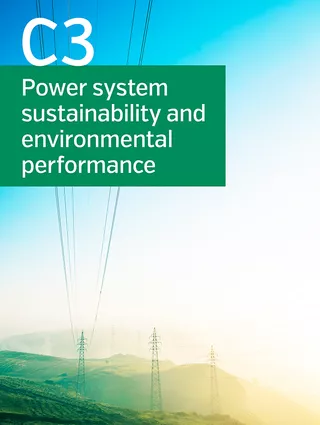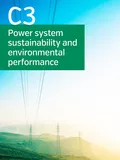Summary
The global energy transition requires rapid expansion of electricity grids, including new substations, to ensure renewable energy reaches demand centers. Public acceptance is a major challenge in integrating substations, as local communities and stakeholders are increasingly vocal in decision-making processes. This report explores best practices from 2016 to 2024 for improving public acceptance of substations, focusing on spatial, environmental, and socio-economic perspectives. It highlights the importance of factors like physical aspects, environmental issues, and stakeholder engagement, and offers methods such as architectural or green hiding techniques and public function integration to increase acceptance. The report emphasizes the need for tailored, location-specific approaches, as there is no universal solution for harmonizing substations with their environments globally.
Additional informations
| Publication type | Technical Brochures |
|---|---|
| Reference | 965 |
| Publication year | |
| Publisher | CIGRE |
| ISBN | 978-2-85873-670-6 |
| Study committees | |
| Working groups | WG C3.15 |
| File size | 9 MB |
| Pages number | 103 |
| Price for non member | 200 € |
| Price for member | Free |
Authors
Marijke WASSENS, Convenor (NL), Henk SANDERS, Secretary (NL)
Satoshi NAKASONO (JP), Flavia SERRAN (BR), Patricia ARNERA (AR), Barry WALL (IE), Lennart ENGSTRÖM (SE), James HART (AU), Warren FUNSTON (ZA), Katja HORENK (DE), Siv INDERBERG (NO), Johan MORTIER (BE), Hector PEARSON (UK), Fiorenza ROGHI (IT), Gordana TODOROVIC (RS/SO), Joris DEN BREEJEN (NL)
Keywords
Energy transition, public acceptance, substations, grid expansion, stakeholder involvement, legislation, best practices, spatial integration, environmental measures, socio-economic measures


